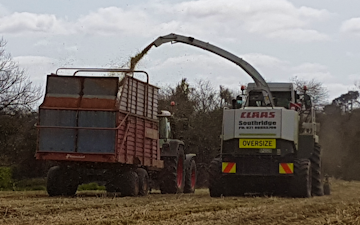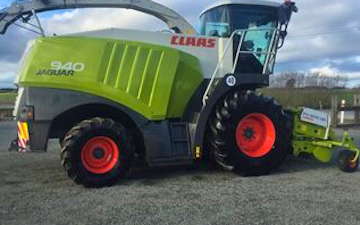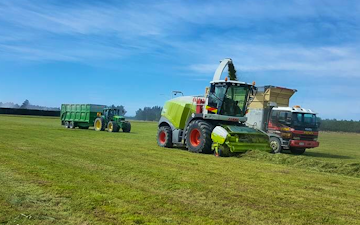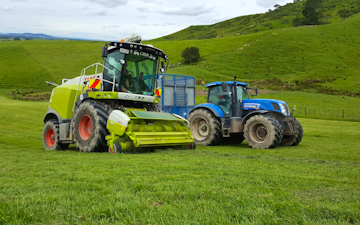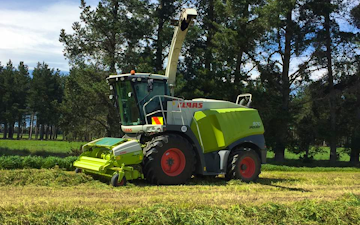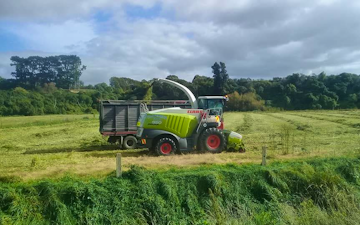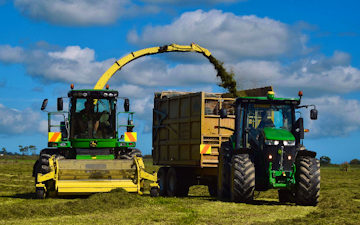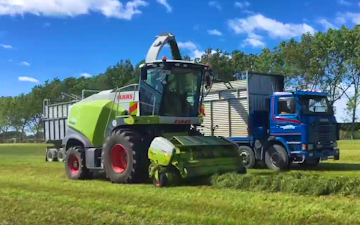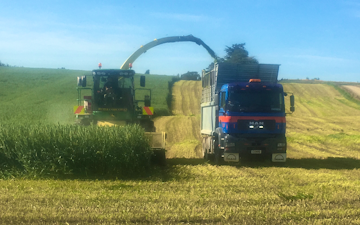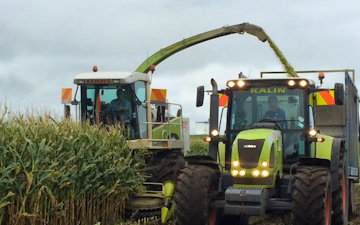Forage harvesting
See who offer forage harvesting near you.
Forage harvesting
Forage harvesting is a service you use to collect silage (grass and maize is the most common type of crop) and then feed it to your livestock. A forage harvester can either be attached to a tractor or self-propelled. Today a self-propelled harvester is the most common method as it is very efficient. However, if you need to silage a small paddock it can be a good idea to use a tractor mounted harvester. In either case, the silage is collected in wagons and then transported to the farm. Depending on the crop different headers are used to cut and pick up the crop. The header to collect maize can normally cut 8-10 rows. However, even bigger heads are becoming more and more popular. When collecting grass, the crass has already been cut by a mower so one only need a pickup to collect the grass from the ground. When the crop enters the harvester it is cut into pieces (eg. corn cracker) to improve the silage process. A lot of new technology arrive every year to make the end product better and better. The better the end product the more nutritious the livestock can obtain.
Forage harvest rates
The rate for forage harvesting various a lot. It, of course, depends on the type of crop but also the size of the harvester. Most suppliers will give you an individual price depending on the size of the job. The price can also differ depending on how much the supplier (contractor or farmer) can supply. Many suppliers can offer a full service from cut to cover.
Types of forage harvesters
There is three types of manufactures that are controlling the market - Claas, Krone and John Deere. However, most machine manufacturers also offer their own version of a forage harvester including Massey Ferguson and Fendt. All manufactures have differnet models like the Claas Jaguar and John Deere 7350.
